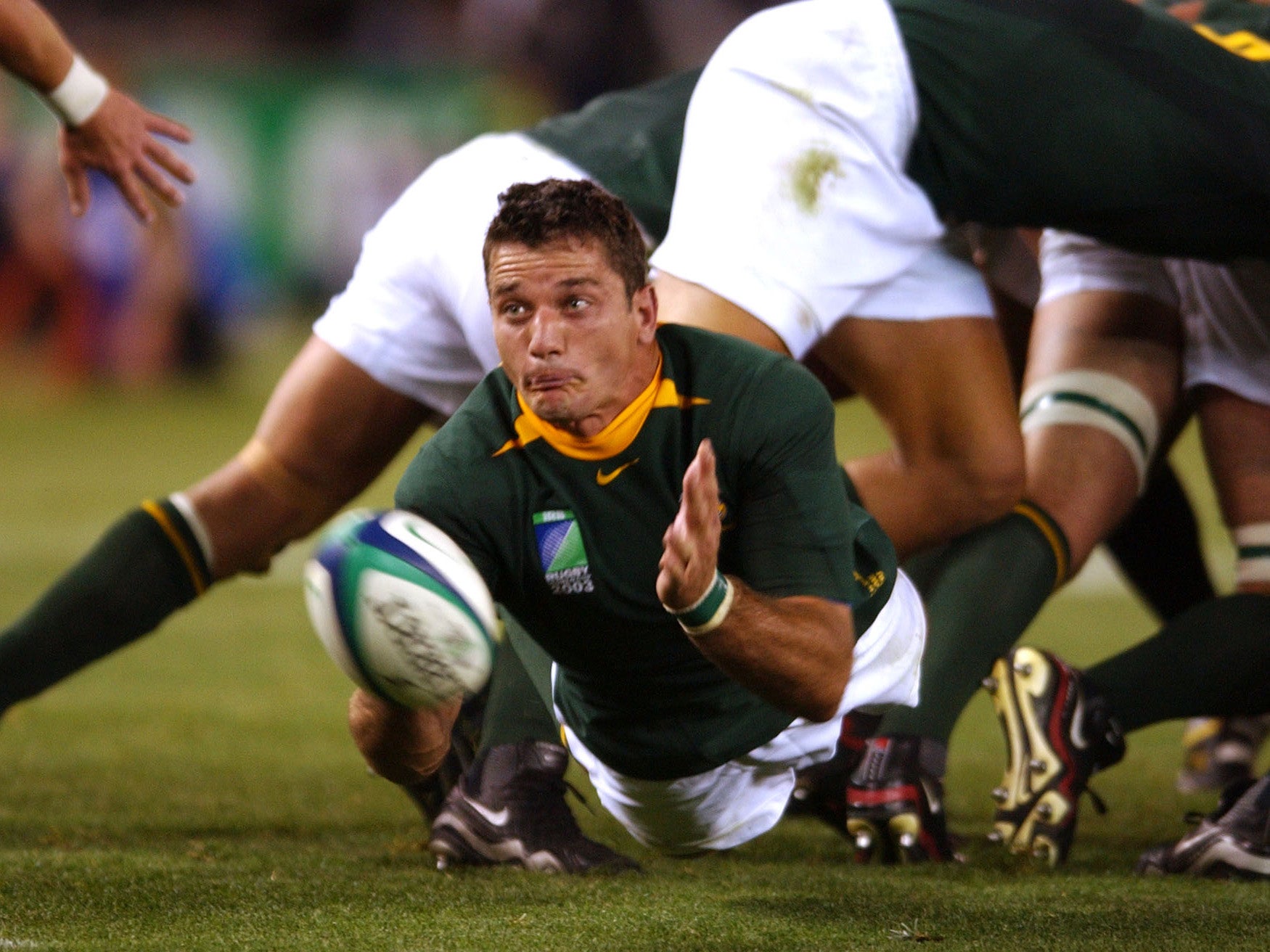
The victory was especially poignant for being both Natal’s first, and for occurring in the union’s centenary year. The victorious side was captained by scrumhalf Craig Jamieson, who led the team on a ticker-tape parade through central Durban later in the week. But, in one of the biggest upsets in the history of the competition, McIntosh’s side turned the tables and edged out their more-fancied opponents 18-12, after a match-winning try from flying winger Tony Watson. And with match-winning flyhalf Naas Botha at the helm, it was widely accepted that Northerns just had to show up to win. That culminated in a dream 1990 Currie Cup season, which saw Natal sweep aside just about all before them, with only a heavy round-robin defeat to Northern Transvaal playing on their minds as they travelled north to face the same opponents in the final.ĭespite Natal’s great season, the men from Pretoria were heavily favoured to win, particularly in front of a partisan home crowd that had become accustomed to Currie Cup success. It wasn’t until the arrival of legendary coach Ian McIntosh from Zimbabwe and the return to the A-Section in ’87 that they started to lay the foundations for success in the 1990s.Īfter arriving in 1986, McIntosh quickly made his mark in Durban and spent the late ‘80s building a squad and recruiting players he felt would serve the greater good of Natal Rugby. For much of the 1980s Natal were written off as a B-Section team punching above their weight. The “Banana Boys” gave a good account of themselves in the 1984 final, but Western Province were too good, winning 19-9 at Newlands in Cape Town.
CABOUS VAN DER WESHUIZEN FREE
That was after a stunning semifinal victory over Free State, thanks to two tries from Des McLean and one each from Derek la Marque and Claassen. The side made up for this in 1984 by qualifying for the Currie Cup final, despite plying their trade in the B-Section. During the 80s, Natal could call on players of the calibre of Gawie Visagie, Henry Coxwell, Rob Hankinson and Mort Mortassagne, but relegation to the B-Section followed in ’81. The Bulls went on to win the Currie Cup again that year, but Natal were the only side – apart from the touring British Lions – to get the better of them. The standout result was a 22-19 defeat of Northern Transvaal – Natal’s first win over the Blue Bulls at Loftus Versfeld in 41 years.


What followed was a rare third-place finish in the Currie Cup in 1980, with Claassen receiving inspirational support from Welshman Roger Gardner and former Wallaby Mark Loane. Nonetheless, Natal saw very little success in the 1970s, until the arrival of Wynand Claassen from Pretoria in late 1979. Van Heerden, who coached Natal from the late 1950s into the ‘60s, was ahead of his time, fostering a brand of rugby that placed so much emphasis on ball retention and the interplay of forwards and backs to produce try-scoring opportunities. But the province did succeed in building its own unique style of exciting rugby, thanks to the foresight and genius of Van Heerden.

Natal failed to make an impression, despite being able to call on the likes of Springboks Ormond Taylor and Keith Oxlee. With so many Springbok test matches in the early 1960s, the Currie Cup was contested only four times in that decade. That defeat, however, was to go straight into the memory banks and avenged many years later. The 1956 final saw Natal up against Northern Transvaal and even though it was contested at Kingsmead, 9-8 was the score in favour of the men from Pretoria. But the 1940s, 50s and 60s weren’t successful years for the province, although legendary coach Izak van Heerden did manage to fashion two unbeaten seasons in ’61 and ’63, when the Currie Cup competition wasn’t held. In the interim, the province did produce its fair share of quality players, including Springboks Bill Payne, Wally Clarkson and Philip Nel, who led South Africa on the country’s unbeaten tour of New Zealand in 1937. The Kwa-Zulu Natal Rugby Union (KZNRU) may have been formed as far back as 1890, but it took 66 years for the union to enjoy its first Currie Cup final.


 0 kommentar(er)
0 kommentar(er)
